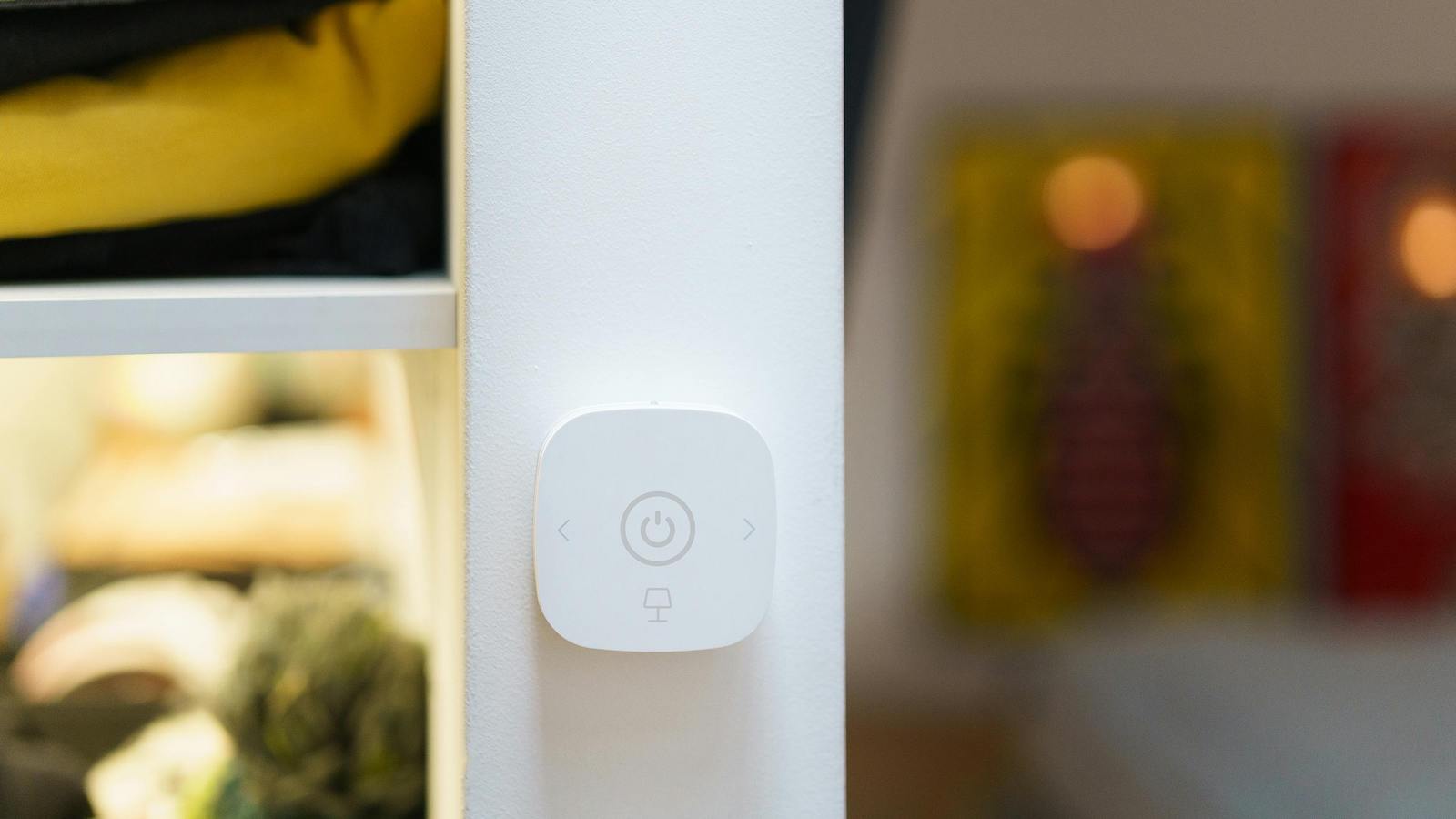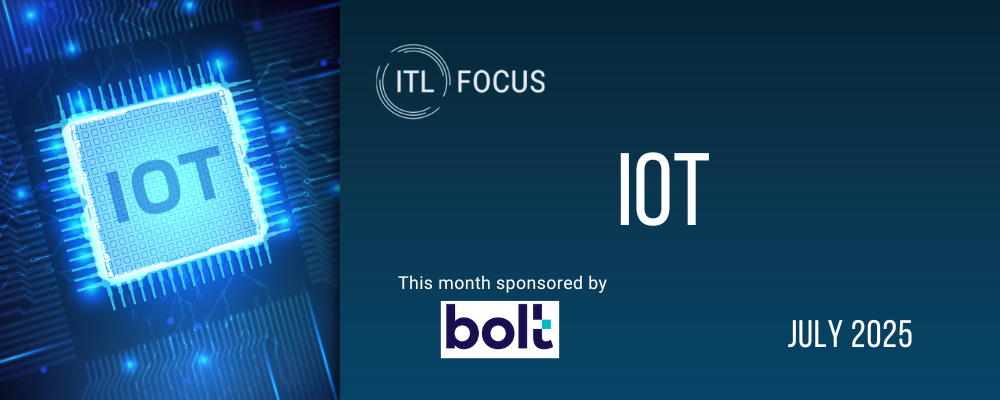Earlier this year, I spoke with Insurance Thought Leadership’s Paul Carroll about technology trends in insurance, including generative AI, machine learning (ML), natural language processing (NLP) and the Internet of Things (IoT). I said:
“You can incorporate more data sources without going through manual processes. You can improve the thought process of risk analysis, how you look at historical risks, and incorporate new risks from any new dataset. And those datasets are prolific and pervasive across the ecosystem, whether it's the Internet of Things (IoT), including telematics, or really anything that can allow insurers to adjust a premium based on actual behaviors.”
IoT technology should buoy us all. Unfortunately, we are all still wading choppy waters in insurance’s IoT journey. This floundering points to a more significant issue: IoT is yet to realize its full potential to simplify insurance.
The proliferation and integration of IoT allows carriers to focus on what insurance is intended to do – protect people and businesses. Let’s look at ways IoT technology can help simplify insurance.
Overcome or eliminate the industry’s talent and workforce struggles
The U.S. Bureau of Labor Statistics estimates that the insurance industry could lose approximately 400,000 workers through attrition by 2026. This problem is compounded with projections that approximately 50% of the current insurance workforce could retire by 2028. The next three to five years are critical.
People are the lifeblood of insurance. But they need help. The industry needs to maximize the potential of its talent, while attracting, recruiting and retaining new generations of the workforce. Workers demand advanced technologies and digital tools to do the job.
Studies show that approximately 70% of Gen Z employees would leave their current job for one with better technology. Deloitte says the future of work, filled with new workers, will require a fusion of key skills, including digital tools and technology skills, and comfort with analytics and data.
Embracing IoT is critical to meet talent demand and close workforce gaps. IoT moves better data faster, whether automating data capture for claims adjusting through telematics or empowering underwriters with data prefill captured by sensors. The IoT also allows innovation and smarter approaches to insurance with more preventative approaches to risk mitigation. This lowers the demand for a stretched workforce. Preventing or mitigating risk by using data patterns from IoT can be more cost- and time-effective than responding to a situation that’s already taken place.
See also: How Smart Homes Are Changing Insurance
Overcoming the increasing cost of doing business
I recently keynoted at our Formation 2024 conference, and the cost of doing business in insurance was a hot topic. We learned from our discussions that a large majority of carriers suffer from siloed data and inefficient processes, which compound this problem. This must change – and quickly. New systems, new roles and new ways of working need to be embraced.
Why? To operate more efficient businesses and give IoT the opportunity to do its job. Automated data prefill saves time. Telematics data generates accurate pricing and helps provide safety and support around large scale natural disasters such as wildfires. With a market projected to reach upwards of $500 million by 2032 and IoT deployments expected to surge, there is opportunity aplenty.
To achieve potential, we must reposition the value of IoT in insurance to consolidate redundant systems and unify data in one place. Adding more disparate data helps the few, and it can also cause more headaches for the majority down the line.
IoT is also a key to our industry maximizing the benefits of artificial intelligence, machine learning and natural language processing. With the right data available at the right time, these advanced technology solutions increase the velocity with which data can be turned into action. This means benefits for insurers and insureds.
You can’t build chains with broken links, so the industry must shore up its current technology platforms. It must modernize technology stacks, with IoT in mind. It must lower the overall complexity of accessing data. Then, and only then, can the industry see time and cost savings from IoT.
Missed opportunities with customers
You’ve deployed IoT and worked to overcome its shortcomings compounded by data siloes. Now what? What do you do with all the data you’ve generated from these systems? Where is it going? How can you access it? Can you effectively turn that data into insight and action? If the answer to these questions is no, then we’re reached an impasse in IoT’s effectiveness.
The insurance industry needs to feed data back from IoT solutions into operations to better both worker and customer experiences. We’re seeing effective uses from early telematics deployments in automotive, where some carriers are getting this equation right.
The good news is, in general, insureds are showing a willingness to play ball. They are willing to adopt IoT solutions and share data for the benefit of their coverage. Beyond telematics for drivers, for example, more than 50% of survey respondents to a 2023 Global Consumer Insurance Insights study said they find the concept of on-demand insurance appealing.
IoT will have a significant role to play in on-demand insurance, whether through purchasing coverage, adjusting premiums based on behavior or verifying and adjudicating claims. Carriers that get it right will open opportunities for more tailored solutions and stronger relationships with their customers. In today’s world of personalized experiences, this can be the difference between success and failure.
See also: The Opportunities in Smart Cities
Simplifying insurance is the answer
This must be the promise of IoT – or any emerging technology applied to insurance. We do not need to rehash the number of “innovative solutions” that failed to make their mark in this highly complex, highly regulated, highly personalized industry.
For IoT, we are beyond that inflection point. We are in the here and now. We must consolidate redundant systems, unify data in one place, ensure that it is available for action and amplify a full IoT-enabled technology suite that works for the betterment of our industry.
That is the foundation on which our industry will succeed.








